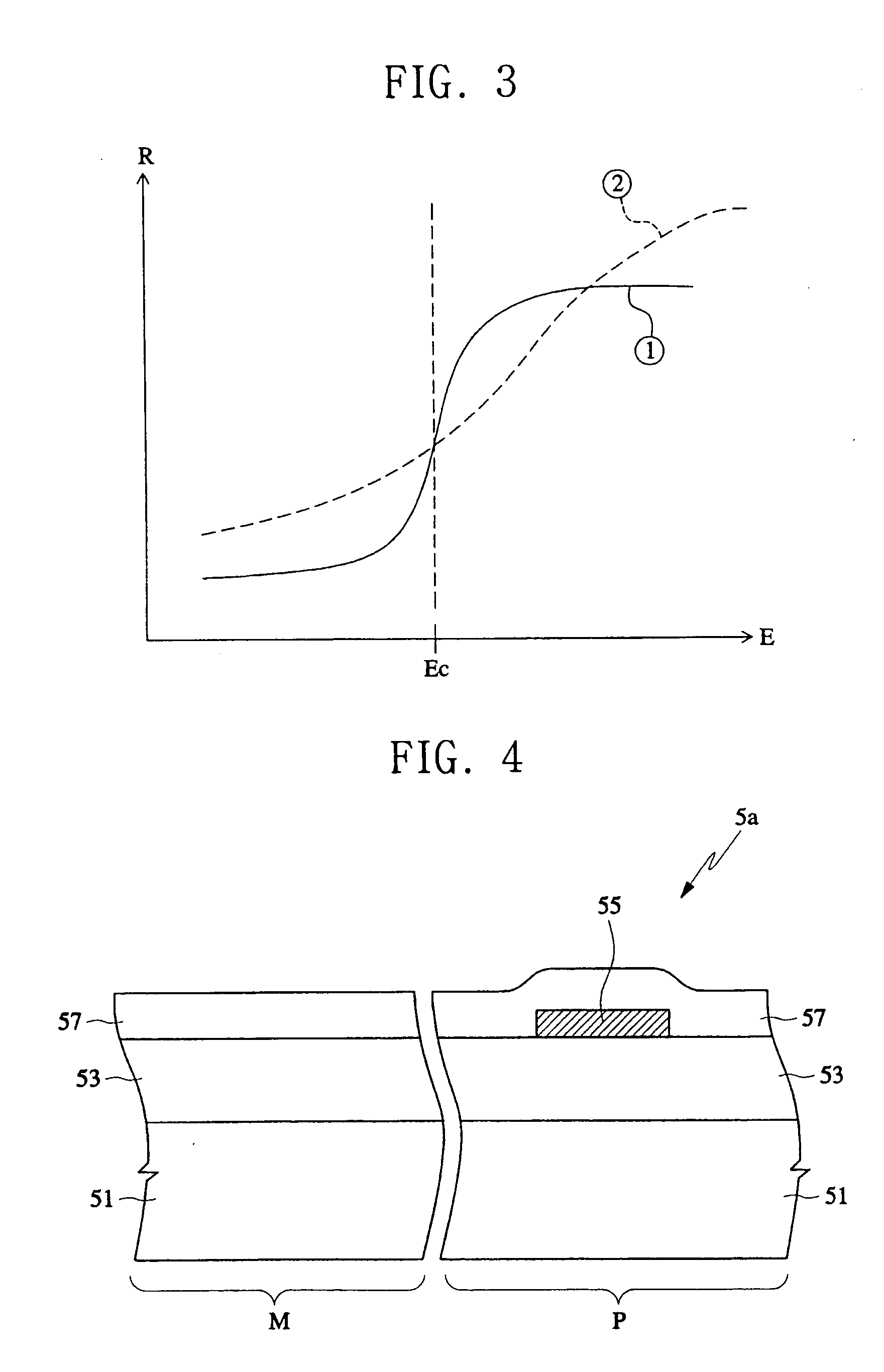Method of fabricating a semiconductor device having a photo-sensitive polyimide layer and a device fabricated in accordance with the method
a polyimide layer and semiconductor technology, applied in the field of manufacturing a semiconductor device having a photosensitive polyimide layer and a device fabricated in accordance with the method, can solve the problems of higher probability of cracking in the pspl layer, unfavorable underlying pspl layer development, so as to reduce the device soft error rate (ser) and avoid unwanted development of the underlying
- Summary
- Abstract
- Description
- Claims
- Application Information
AI Technical Summary
Benefits of technology
Problems solved by technology
Method used
Image
Examples
Embodiment Construction
[0027] In the following description of preferred embodiments of the present invention and in the claims that follow, the term “on”, when referring to layers of material used in the fabrication of the semiconductor devices, refers to a layer that is directly applied to an underlying layer, or refers to a layer that is above an underlying layer with an optional intermediate layer or layers therebetween.
[0028]FIGS. 4-7 are cross-sectional views of a fabrication method for forming a semiconductor device utilizing a PSPL, in accordance with the present invention. As in the above figures, M represents an internal circuit region of a device, and P represents a bonding pad region of a device. Although the present invention is described in conjunction with using a PSPL layer to form a via hole for exposing a bonding pad region, the present invention applies equally well to using a PSPL layer in other fabrication processes, as well as use of a PSPL layer in conjunction with other components ...
PUM
 Login to View More
Login to View More Abstract
Description
Claims
Application Information
 Login to View More
Login to View More - R&D
- Intellectual Property
- Life Sciences
- Materials
- Tech Scout
- Unparalleled Data Quality
- Higher Quality Content
- 60% Fewer Hallucinations
Browse by: Latest US Patents, China's latest patents, Technical Efficacy Thesaurus, Application Domain, Technology Topic, Popular Technical Reports.
© 2025 PatSnap. All rights reserved.Legal|Privacy policy|Modern Slavery Act Transparency Statement|Sitemap|About US| Contact US: help@patsnap.com



